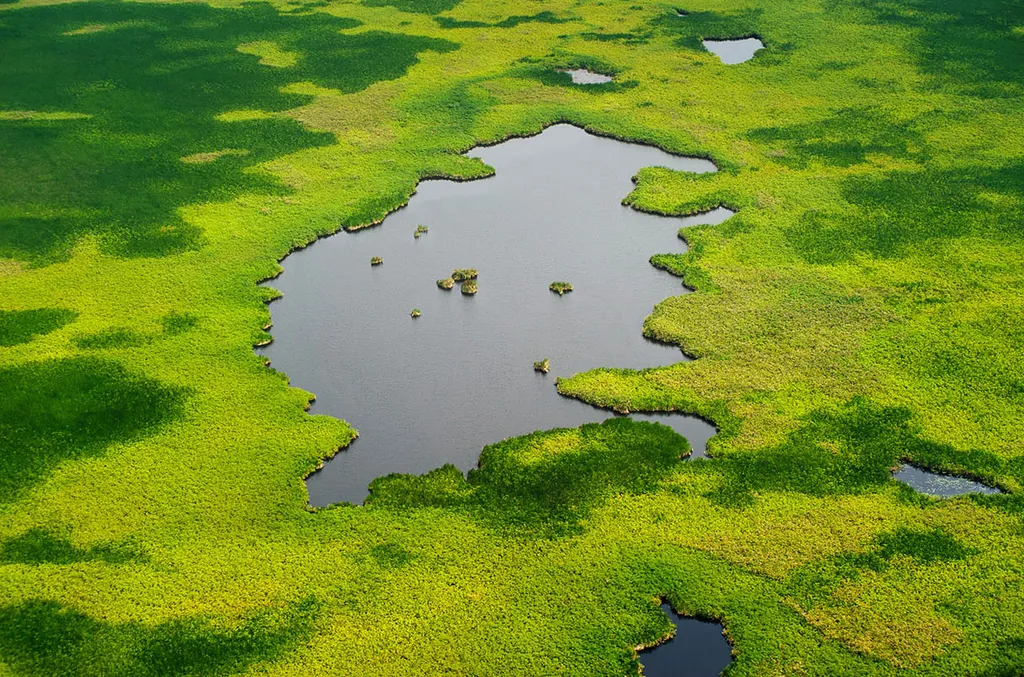In the heart of Southeast Europe, a groundbreaking study has shed new light on the wetlands of North Macedonia, offering valuable insights that could reshape conservation efforts and even influence the energy sector. Led by Marija Chobanova, this research, published in the journal ‘Mires and Peat’ (translated to English as ‘Bogs and Peat’), challenges previous understandings of wetland distribution and protection in the region.
The study reveals that naturally occurring wetlands cover 1.5% of North Macedonia, a figure that might seem modest but holds significant implications. “We found that only 22% of this area is under official protection or proposed for protection,” Chobanova notes. This discrepancy underscores the urgent need for improved mapping efforts and more comprehensive conservation strategies.
The research adopts a broader ecological definition of wetlands, providing a more accurate and detailed map of the region’s wetland areas. This includes the first-ever mapping of high-altitude mires, a critical step forward in understanding and preserving these unique ecosystems. The study also identifies four key regions with potential to host wetlands and peatlands, primarily in lowlands, areas that have been historically converted to agricultural use.
The implications for the energy sector are particularly noteworthy. Peatlands, a type of wetland, store vast amounts of carbon, making them invaluable in the fight against climate change. Accurate mapping and protection of these areas can support the development of carbon credits and other green energy initiatives. As Chobanova explains, “Integrating hydrogeological insights with recent surface wetness data has alleviated mapping limitations and revealed new opportunities for wetland restoration and conservation.”
The study also highlights the need for alternative methodologies to delineate peatlands in lowlands, a challenge that, if overcome, could significantly enhance our understanding of these ecosystems. This research provides a foundation for future studies and could guide policy decisions aimed at preserving and restoring wetlands in North Macedonia and beyond.
The enhanced delineation and resolution of wetland areas offer updated information for diverse research and management purposes. The geospatial data provided by this study can support in-depth exploration of remote sensing approaches and classifications, potentially improving wetland maps across Southeast Europe.
In a world grappling with the impacts of climate change, this research offers a beacon of hope. By improving our understanding of wetlands and their conservation status, we can take significant strides towards protecting these vital ecosystems and harnessing their potential for a greener future. As Chobanova’s work demonstrates, the path forward lies in embracing innovative methodologies and fostering international collaboration.

